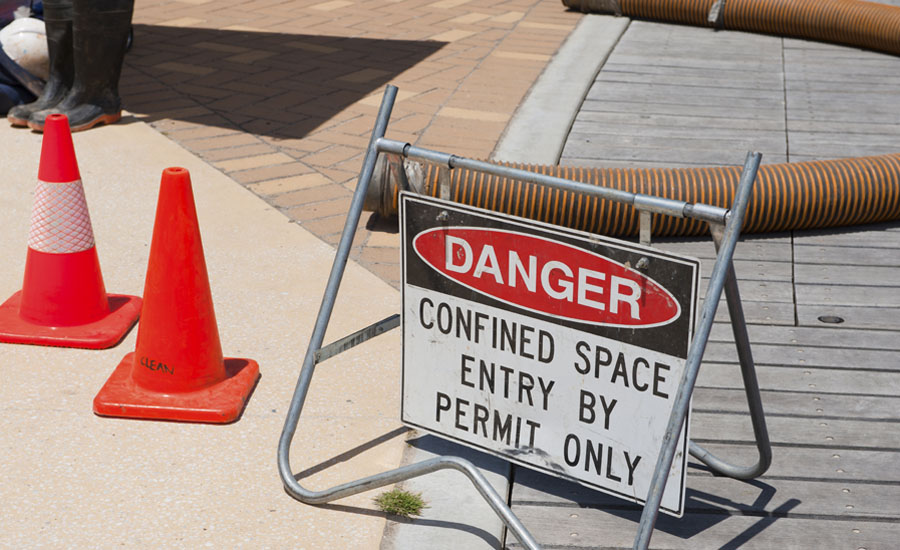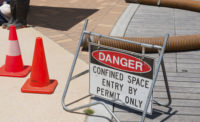OSHA’s new regulation regarding confined spaces in the construction industry goes into effect August 1, and construction companies and contractors are getting ready for it.
The standard, Subpart AA of 29 CFR 1926, will help prevent construction workers from being hurt or killed by eliminating and isolating hazards in confined spaces at construction sites similar to the way workers in other industries are already protected.
Why did the industry need its own confined space standard?
“Unlike most general industry worksites, construction sites are continually evolving, with the number and characteristics of confined spaces changing as work progresses,” said OSHA chief Dr. David Michaels. He estimated that the rule will prevent 800 serious injuries and save five lives a year.
The Center for Construction Research and Training (CPWR) notes that because so much construction work happens outdoors, people don’t see confined space hazards as a construction problem.
“We know otherwise,” says the CPWR. “Every day men and women in the building trades enter tanks, pipes, manholes, crawl spaces and other areas with limited access and limited ventilation. Inside, they weld, strip, paint, seal and glue. Sound precautions can be the difference between life and death.”
The standard provides construction workers the same protections afforded to workers in general industry, and comes more than 20 years after the general industry standard was promulgated.
What are confined spaces?
Confined spaces – such as manholes, crawl spaces, and tanks – are not designed for continuous occupancy and are difficult to exit in the event of an emergency. People working in confined spaces face life-threatening hazards including toxic substances, electrocutions, explosions, and asphyxiation. Many of the hundreds of workers who die in confined spaces each year do so while trying to rescue someone else.
Requirements in the new rule that differ from those in the general industry rule include:
- A competent person must conduct the initial jobsite evaluation
- Information exchange requirements inform employers what discussions must be conducted and when during confined space entry
- Air contaminant and engulfment monitoring must be done continuously, as the technology is readily available for most hazards
- For substances where continuous monitoring technology is not available, periodic monitoring is required
- The rule explicitly requires employers to coordinate emergency services before workers enter the confined space
- During controlled atmosphere entry, employers must isolate physical hazards rather than eliminate all of them, such as using lockout/tagout, blocking off access to struck-by hazards.
The CPWR offers confined space training under a cooperative agreement with the National Institute for Environmental Health Sciences (NIEHS).
“The push by our training consortium of building trades unions and their employers to have qualified instructors in place to teach workers about the dangers of working in confined spaces is a reflection of the industry's awareness about the hazard,” according to a statement by the CPWR.
Information about the rule and confined space safety can also be found on OSHA's Confined Spaces page.

